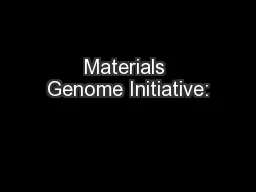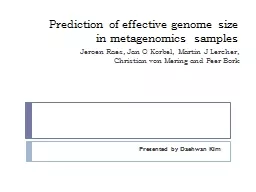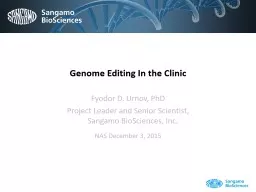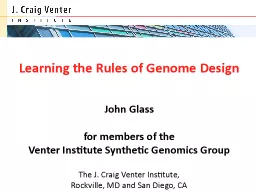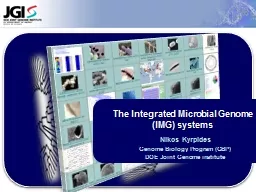PPT-Materials Genome Initiative:
Author : sherrill-nordquist | Published Date : 2016-02-28
Grand Challenges Summit CATALYSTS Breakout Chairs Mark Barteau U Michigan Cathy Tway The Dow Chemical Company Breakout Speakers Plenary 1 Laura Gagliardi
Presentation Embed Code
Download Presentation
Download Presentation The PPT/PDF document "Materials Genome Initiative:" is the property of its rightful owner. Permission is granted to download and print the materials on this website for personal, non-commercial use only, and to display it on your personal computer provided you do not modify the materials and that you retain all copyright notices contained in the materials. By downloading content from our website, you accept the terms of this agreement.
Materials Genome Initiative:: Transcript
Download Rules Of Document
"Materials Genome Initiative:"The content belongs to its owner. You may download and print it for personal use, without modification, and keep all copyright notices. By downloading, you agree to these terms.
Related Documents

